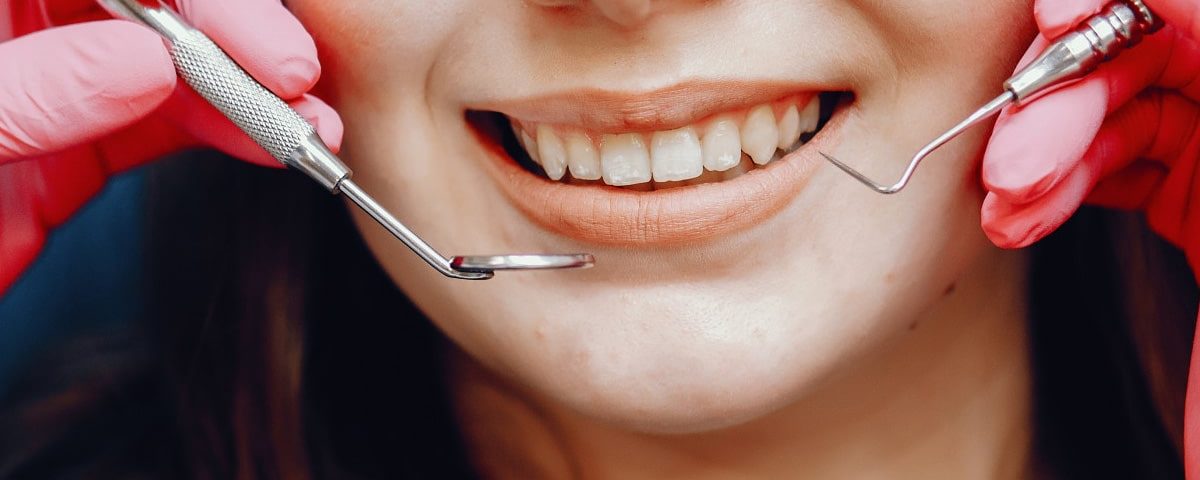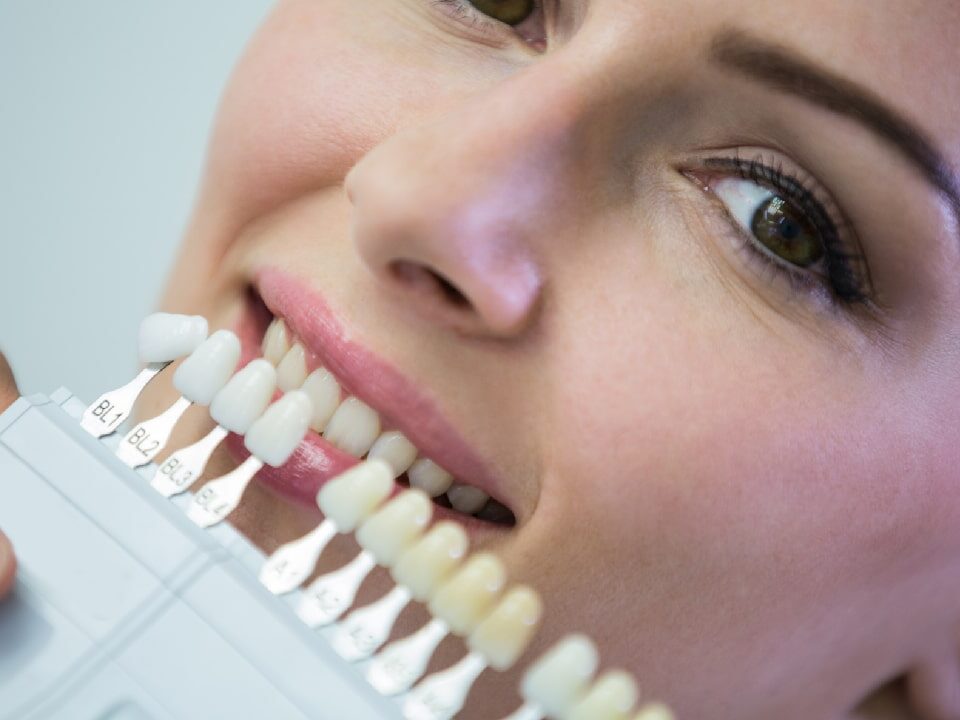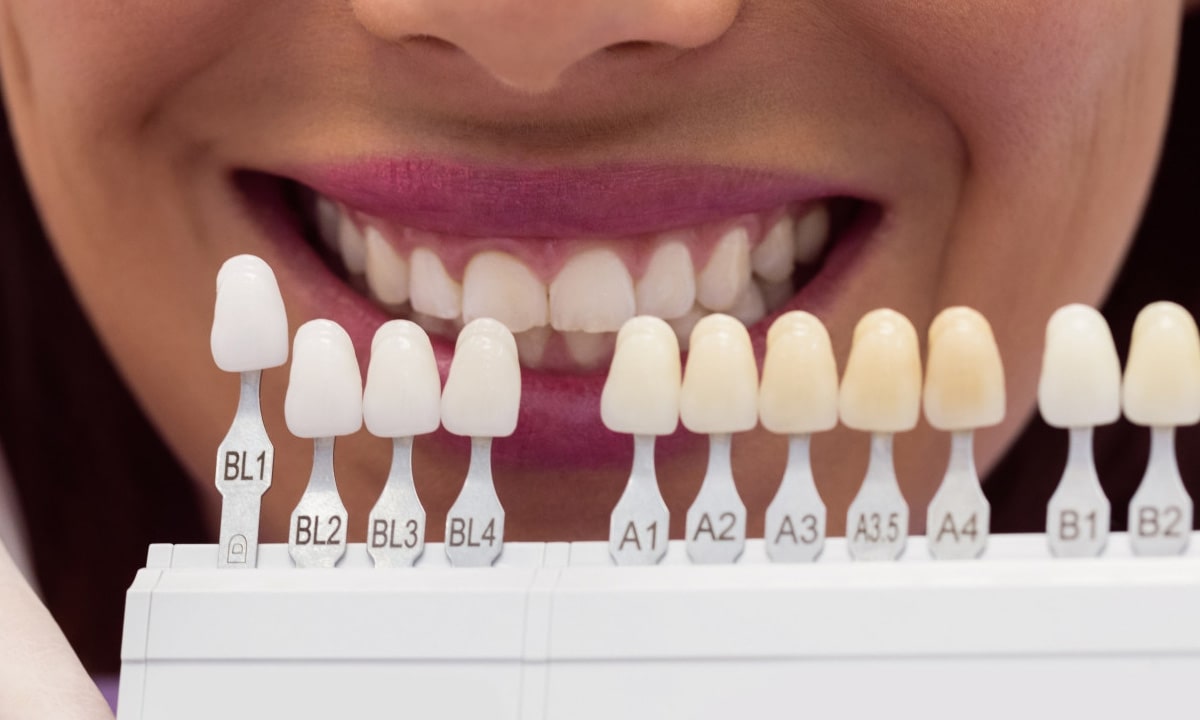
How Long Do Dental Veneers Last?
February 20, 2025
How Painful Is Tooth Implant Surgery?
March 6, 2025A filling should stop the pain, not cause it. But what if months go by, and your tooth starts hurting again? That’s not normal, and it’s definitely frustrating. Tooth filling hurts after months can happen for several reasons. Either a minor issue or a bigger problem, it needs attention. Let’s see if you can understand what’s going on and what to do next.
Table of Contents
ToggleReasons Why Your Filling Hurts After Months
Pain from tooth fillings can show up later, even if everything seemed fine at first. Here’s why tooth filling hurts after months:
- Deep fillings can get too close to the nerve and make the tooth extra sensitive.
- If the filling is too tall, it creates uneven pressure when you bite. That can lead to soreness.
- If bacteria sneak in before the filling hardens, decay can continue underneath.
- Fillings don’t last forever. If one weakens, it can expose sensitive areas.
- The problem might not be with the filled tooth. Pain from another tooth or gum issue can feel like it’s coming from the filling.
Is It Normal for a Tooth to Hurt Months After a Filling?
A little sensitivity right after dental cavity filling is totally normal. But sharp pain or aching months later is not. If the pain comes and goes, it could be lingering sensitivity. But if it’s constant, getting worse, or making it hard to eat, something is wrong. A quick visit to the dentist can help figure out what causes tooth filling hurts after months.
What Causes Teeth Sensitivity Months After Filling?
Besides common reasons like nerve irritation and bite misalignment, other causes of teeth sensitivity months after a filling include:
- Cracked or loose filling which can weaken or expose sensitive areas.
- If the tooth’s pulp becomes inflamed from deep drilling, it can cause lingering sensitivity.
- In rare cases, some people react to certain filling materials, leading to discomfort.
- Grinding can put extra pressure on the filling, making the tooth more sensitive.
- If gums pull back, they can expose sensitive parts of the tooth, leading to discomfort.
Managing Pain After a Filling
If your tooth filling hurts after months, try these simple solutions:
- Use special toothpaste to help calm irritated nerves.
- Avoid hot, cold, and sugary foods, as they can trigger sensitivity and make the pain worse.
- Ibuprofen or acetaminophen can help reduce discomfort.
- Check your bite to see if the filling feels “off” a dentist can smooth it down.
- Get a dental exam. If the pain doesn’t stop, let a professional take a closer look.
Preventing Tooth-Filling Pain
Want to avoid tooth filling hurts after months in the future? Here’s how:
- Check the filling material with your dentist. Some materials cause more sensitivity than others.
- Brush and floss daily to keep your teeth clean prevents decay from forming under or around fillings.
- If you grind your teeth, a guard protects fillings from wear and tear.
- Get regular checkups so your dentist can catch problems before they turn into painful surprises.
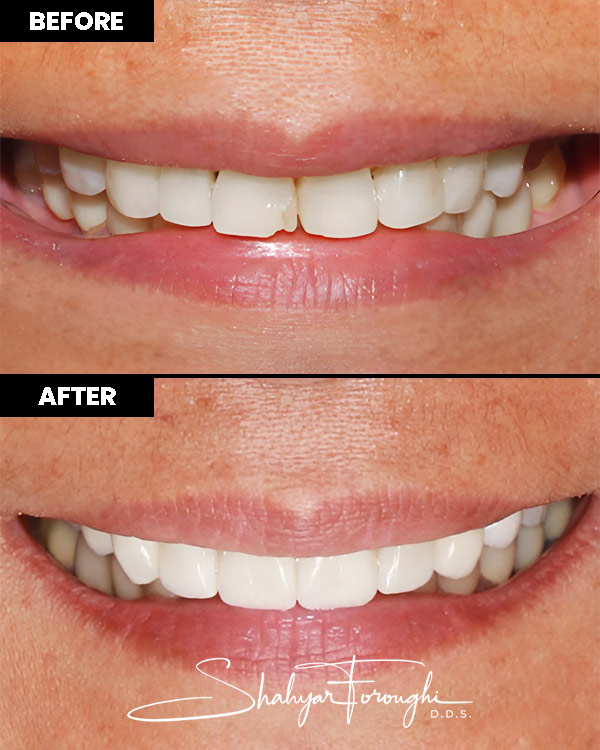
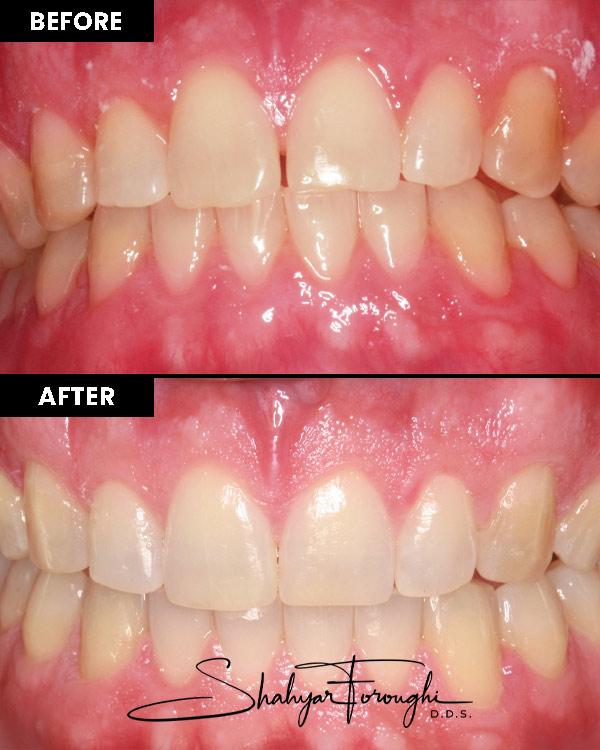
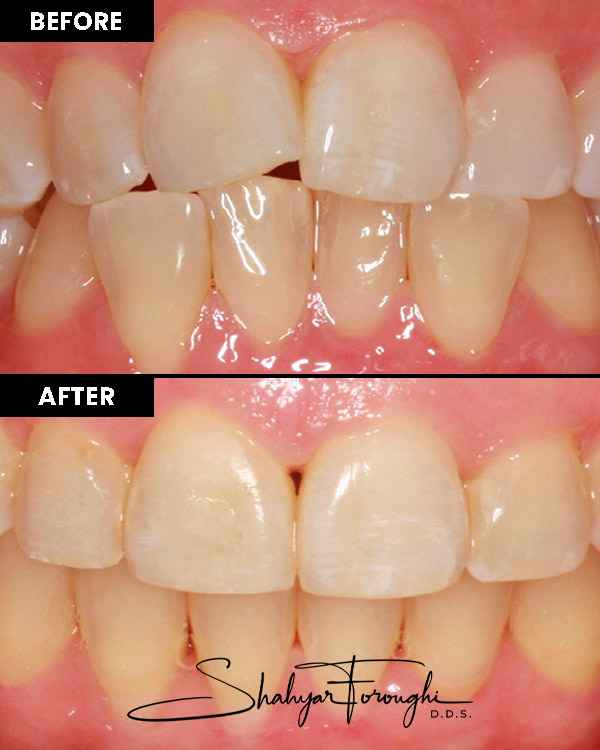
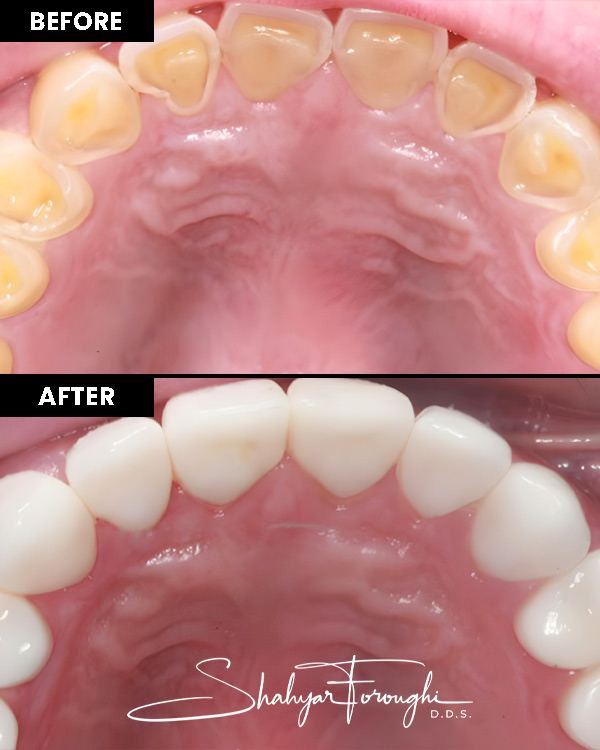
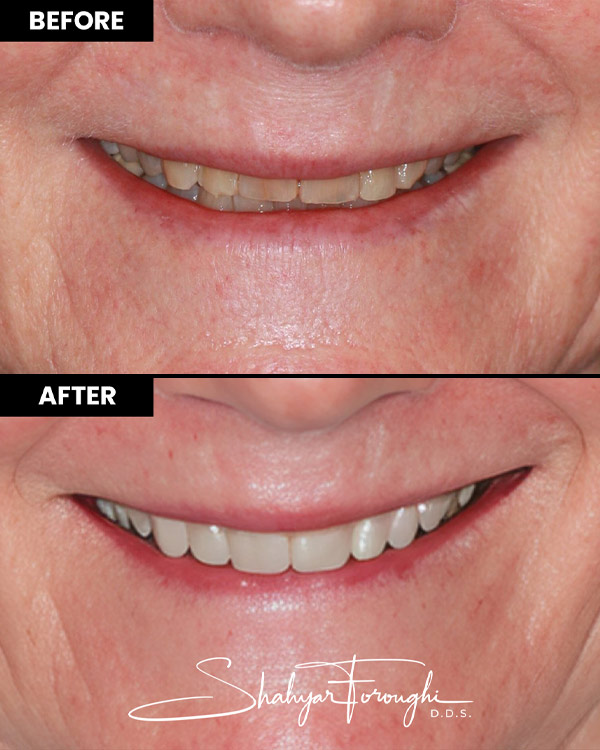
What Happens If I Don’t Treat Tooth Pain From a Filling?
Ignoring your tooth filling hurts after months could lead to bigger problems. The decay might spread, the nerve could get infected, or the tooth might need an emergency root canal. The sooner you fix it, the easier (and less expensive) the solution.
Final Thoughts
Tooth pain after a filling isn’t normal months later. It could be a small issue, or it might be a warning sign of a bigger problem. Either way, getting it checked now can save you from major discomfort later. If you’re experiencing discomfort, don’t wait; get expert care and peace of mind today, and remember, a little prevention now saves a lot of pain later.
FAQs
Try sensitivity toothpaste, avoid very hot or cold foods, and take pain relievers. If it still hurts, see an Ahwatukee dentist.
The filling might be too high, irritating the nerve, or there could be hidden decay. A dentist can find the cause.
It could be normal sensitivity, but if it doesn’t improve, the filling might need an adjustment.
Yes, mild pain should go away in a few weeks. If it doesn’t, something else might be wrong.
Nerves heal at different speeds, but most settle down within a few weeks to months.
Pain can come from surrounding teeth, gums, or even sinus pressure. If it doesn’t go away, get a second opinion.

